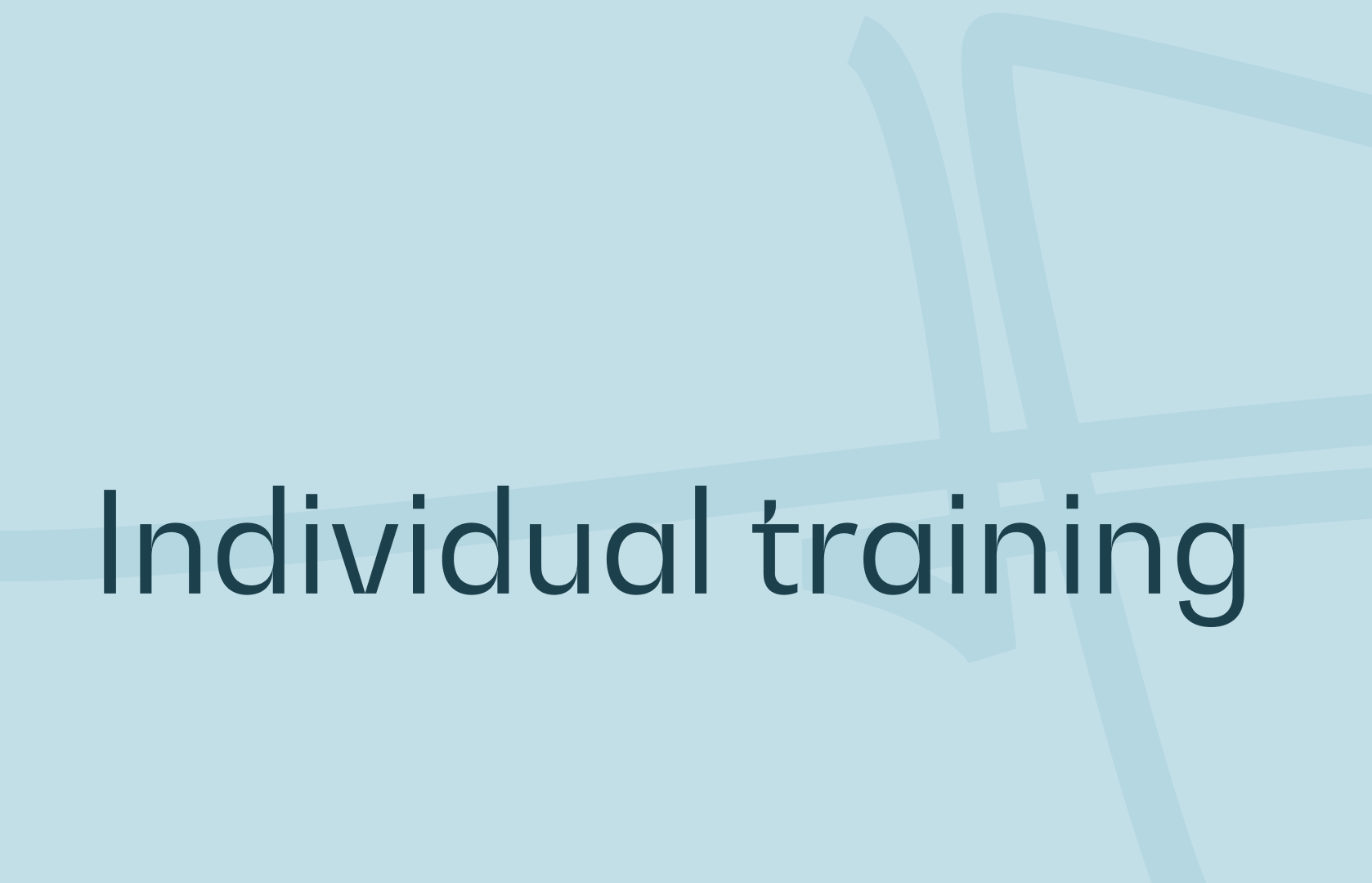Every employee who dreams of a successful career should take advantage of training to develop his or her skills. Whatever the field of activity, the methods and techniques to be deployed in carrying out a given mission are constantly evolving.
Training is possible thanks to the various systems set up by the company as part of its personnel management. Such is the case with the individual training plan, also known as the individual training protocol (PIF).
Many questions arise concerning the individual training plan. This article brings together the most relevant information on the subject.
A look at the company’s role in employee training
Every company is required to draw up a training plan every year. Although this is not a legal obligation, it does enable them to meet their various commitments. It should be emphasized that the employer must :
- Maintain employee employability,
- Organize interviews with employees every 2 years to discuss their career development within the company,
- Offer training.
Drawing up this individual training plan enables them to choose the actions to be carried out to meet the obligations mentioned above.
The training plan is also a human resources management tool. It enables the company to adapt its employees‘ skills to its development needs.
For the record, it is drawn up every two years following mandatory meetings. The employer, employee representatives and training managers take part in these meetings. It should be noted that there are different types of training action.
Compulsory training courses
These include all the training courses employees need to do their current job. They may also be scheduled as part of a change in professional activity.
Indeed, when an employee takes up a new position, the employer may suggest training. In this way, they acquire the skills they need to perform their new duties.
Non-compulsory training courses
They also enable employees to acquire new knowledge and skills. That said, they are not necessary for them to carry out their work. In fact, they enable employees to develop their careers within or outside the company.
Other types of action
The plan may also include other training schemes. This is the case of :
- skills assessment,
- validation of acquired experience (VAE) or validation of skills linked to professional experience.
What is the Individual Training Plan?
As mentioned earlier, training is a means of ensuring professional development. We mustn’t forget that the techniques used to carry out a given activity evolve over time. You need to master them to have more opportunities for professional advancement.
What’s more, since 2009, employees have been able to take advantage of the individual right to training (droit individuel de formation or DIF). This is a benefit to be taken advantage of after working for one year within the same company. It has now been replaced by the Professional Training Account or CPF. The principle behind both schemes remains the same.
This individual right gives each employee a cumulative credit of 20 hours per year. It is accessible independently of the employment contract. In other words, it remains valid even in the event of dismissal or resignation.
For someone who has decided to embark on a professional retraining project, having a CPF is a real advantage. They can take training courses free of charge, making it easier to achieve their goals.
The Individual Training Plan or PIF is one of the schemes available to employees wishing to undertake training. It is in fact a contract between three main parties:
- the learner, who is none other than the employee,
- the trainer
- training organization or independent trainer.
This contractual document brings together all the conditions and information relating to a professional training course. For example, it defines the responsibilities of trainers and training organizations. It also highlights the educational resources available to the learner.
Sometimes, the PIF becomes a quadripartite contract. This is the case when the company’s manager or training director is added to the list of participants.
It should be noted that the Individual Training Plan has been around for years. It has been consigned to oblivion. But the introduction of Qualiopi certification has restored its reputation.
For the record, this label was created by the French Ministry of Labor. It is aimed at independent trainers and training organizations. Possession of this certification is a major asset. It proves the quality of the training offered.
Content of the individual training plan contract
The individual training plan contract must include several headings. Otherwise, it will not be validated. This information includes :
- Training objectives,
- Detailed program and content,
- The duration and deadline for accessing the training,
- The teaching methods used,
- Digital methods used,
- Criteria for access to the training program,
- Assessment of learning outcomes,
- The identity of trainers and teaching staff,
- Information on professional certifications awarded at the end of the course,
- Trainer skills,
- Technical and pedagogical support offered.
The benefits of the individual training plan
The creation of an individual training plan has been strongly recommended since the DGEFP circular appeared in 2001. It has a number of advantages.
The freedom to train
Thanks to this contractual document, employees can respond to a training offer with complete peace of mind. They will benefit from the employer’s agreement, especially if the latter is one of the signatories to the contract.
What’s more, employees wishing to train are no longer obliged to opt for online training. Presenting the PIF allows them to obtain a leave of absence. They are also free to choose between full-time and part-time training. They are equally free to choose between distance learning and face-to-face courses.
It has to be said that distance learning is no mean feat. Some people need the physical presence of the trainer.
It should be noted that the individual training plan defines the training time. So, if the contract specifies that training requires 20 hours of work, the employer is obliged to accept it. In this way, the employee can enjoy his or her right as a learner during this period, and work on his or her courses.
The privilege of choosing the right course
As mentioned earlier, this contractual document contains all the terms and conditions of vocational training. Learners therefore benefit from a better overview of the issues involved in apprenticeship. They can make their own plans based on the information available to them.
It should be emphasized that employees have no right to contest the working hours mentioned in the PIF. However, distance learning often takes longer. It takes several hours to master the knowledge provided.
Advice :
Before choosing a training course, it’s vital to assess the importance of the work to be done. The aim is to check that it will not interfere with your professional life. In other words, you need to make sure that the training does not take up too much time.
Securing your training path
Many trainees who have undergone training as part of a skills development or retraining project are disappointed.
Some of them have discovered that the program did not correspond to their real needs, or that they felt ripped off. To avoid this kind of disappointment, it’s important to create a PIF.
The existence of an individual training plan guarantees the safety of learners. The trainer is obliged to fulfill the obligations set out in the contract. The same applies to training organization.
For example, the training organization must provide learners with all the teaching and material resources specified in the contract. At the end of the course, successful trainees must also receive the promised certification.
To top it all off, the individual training plan ensures that learners benefit from CPF-eligible training. They will therefore be able to obtain the agreement of their employers.
Proof of training
For employees wishing to progress in their working lives or undergo retraining, the Individual Training Plan is a major asset.
As mentioned above, the PIF has gained in notoriety since the advent of Qualiopi certification. Indeed, this contract can be used as proof that a training action has been carried out. It also certifies that the course meets the learner’s needs.
Companies wishing to benefit from financing should also give preference to Qualiopi-certified training courses.
That’s all for this article on the individual training plan. Don’t forget to stay tuned to our blog for other types of training contracts.




